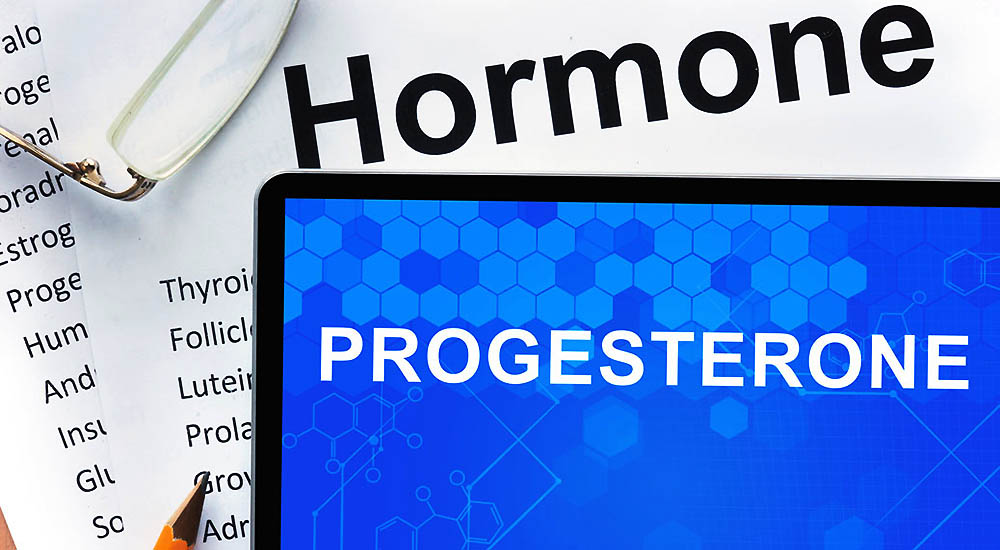Can Breathing Cure Low Back Pain?

Do you breathe differently when in pain?
A recent research study showed that people with chronic low back pain tended to develop different breathing patterns than those without pain. The study indicated that they utilized these patterns when they had to exert or use effort, e.g. during lifting tasks. The testing showed that people with low back pain had more shallow breathing than people without pain.
Why do people develop poor breathing capacity when they have low back pain?
It is known those suffering from low back pain develop weakness in their low back muscles. This in turn leads to poor stabilization in the low back region and reduces the amount of pressure generated in the abdominal region. The reduced pressure causes shallow breath and, as a result, exertion during tasks that require effort becomes challenging.
What happens when there is shallow breathing?
Poor, shallow breathing reduces energy and reduces mental alertness. The rib cage and surrounding muscles become stiff and the stiffness causes difficulty in breathing inadequate air. Less elasticity and weak muscles leave stale air in the tissues of the lungs and prevent fresh oxygen from reaching the bloodstream. This becomes a vicious cycle. Added to the mix is the pain and guarding of the low back muscles.
Breathing is a rhythmic process of expansion and contraction. It is the only bodily function that we do both voluntarily and involuntarily. Our breathing controls most of the body systems including regulating blood pressure, heart rate, circulation, digestion, and more.
So, it’s a no- brainer that if we don’t breathe properly, it can lead to problems all over our body.
What can be done to correct the faulty breathing pattern?
Breathing exercises help with correcting the faulty pattern that has been established. Physical therapists commonly employ a specific breathing pattern called diaphragmatic breathing and it’s something we do often for our patients here at Root Cause Medical.
The diaphragm is a large muscle located between the chest and the abdomen. It is the prime muscle for breathing. Diaphragmatic breathing encourages relaxation of the lumbar (low back) and thoracic (mid-back) musculature and can assist in decreasing pain.
What are the benefits of normal breathing with low back pain?
When the diaphragm contracts it forces air into the lungs. The negative pressure created also improves blood flow to the heart. This leads to improved stamina in athletic activity and can help prevent disease. Like blood, the flow of lymph, which is rich in immune cells, is also improved with proper breathing.
Physical therapists, like myself, have concentrated on the proper utilization of core muscles as well as rib cage musculature for low back pain for decades. This research study provides ample evidence to support this as a valid therapy.
Do you suffer from back pain?
If you suffer from back pain you deserve to discover the real root cause that is creating your discomfort. Too often patients have been told they just need to live with their pain when we discover that’s not so.
Do you need help with your health?
We have the diagnostic and testing tools, the clinical experience, and a different medical approach to discovering the root cause of why you have the symptoms that are bothering you. As long as you are ready to make some dietary and lifestyle changes, we can help you. We will "hold your hand" through the changes, step by step, to make each step an easy one. We are located in Clearwater, FL, at 1000 S Ft Harrison, at the corner of Ft. Harrison Ave. and Magnolia St. There is plenty of parking space directly accessible from Ft Harrison. If it is not convenient for you to come to Root Cause Medical Clinic, we offer telehealth/telemedicine consultations to residents of certain states. Call us for details.
Contact us for a Consultation – Call 727-335-0400
Ask a Doctor
Have a health concern you'd like to speak with a doctor about? Or just want clarity on a subject? Ask Us!
Featured Articles
Popular Stories

Dr. Rupa Chakravarty DPT, OCS
Director of Physical Therapy at Root Cause Medical
Doctor of Physical Therapy, Orthopedic Certified Specialist
Dr. Chakravarty has numerous certifications for different techniques in Physical Therapy practice. She employs an extensive array of manual as well as exercise techniques to manage her patients’ symptoms during their course of therapy.


